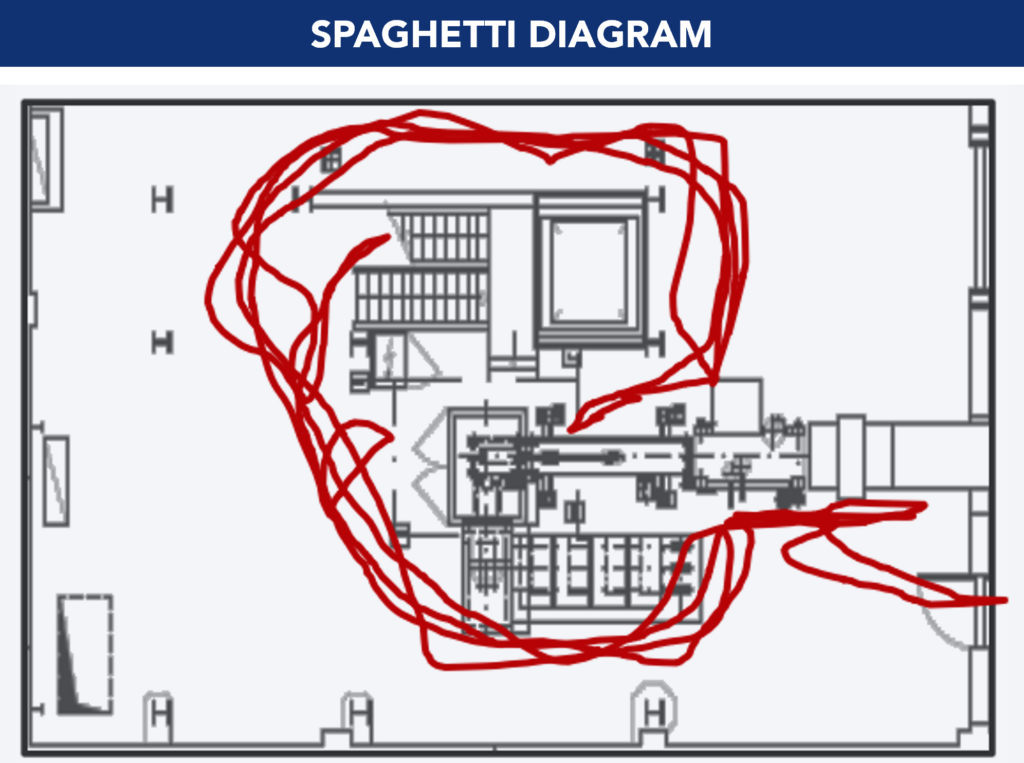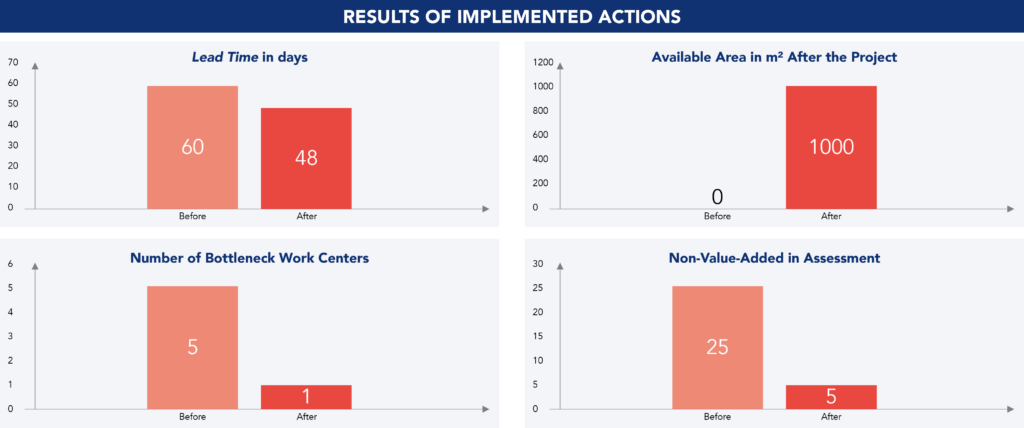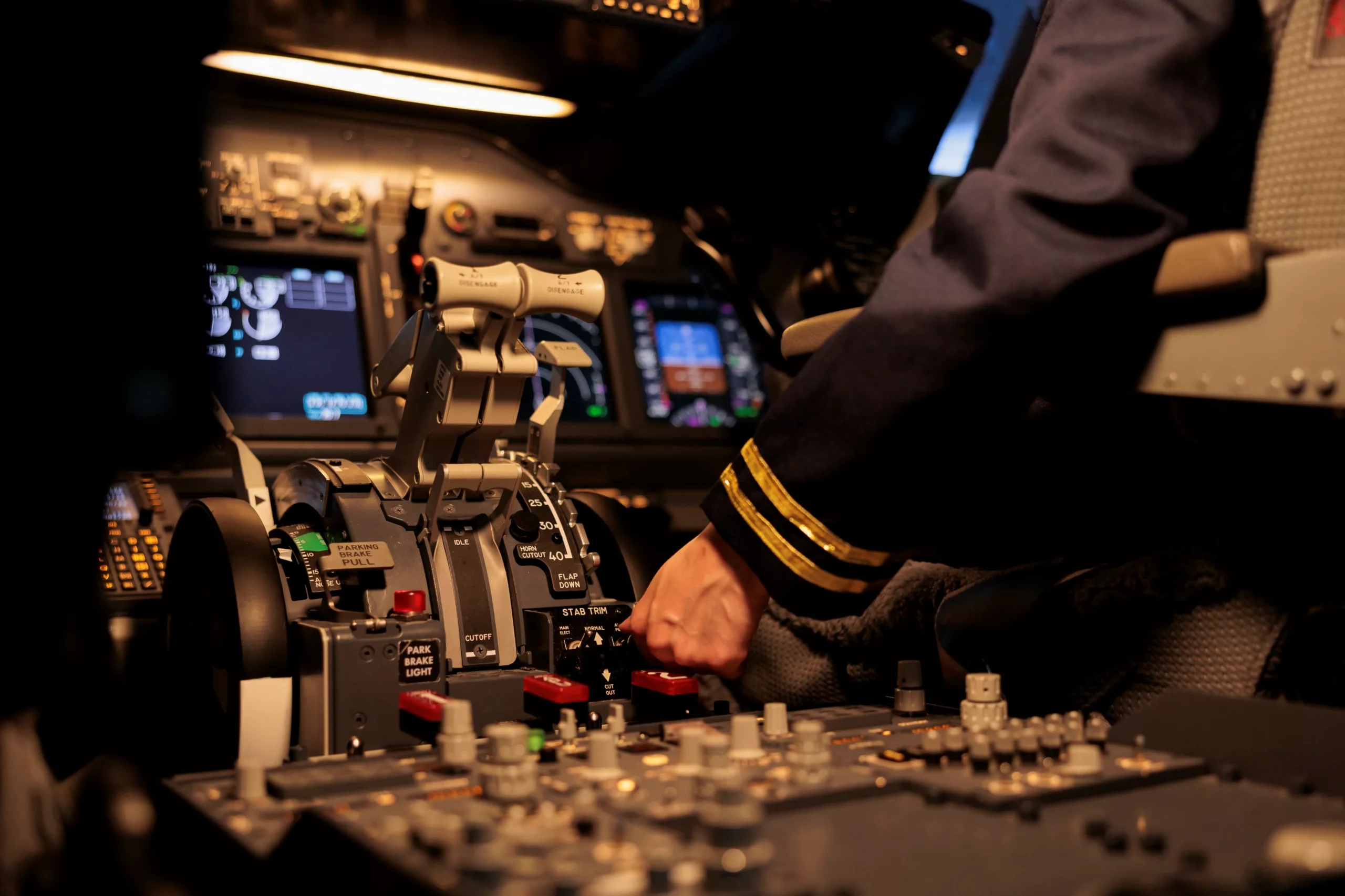The Company
The company in question is one of the oldest in the global aeronautical sector, with over 100 years of history. Founded in 1918 and employing over 1,800 people, this company is dedicated to the manufacture and maintenance of aircraft and their components, as well as offering logistics and engineering support. The company is globally recognized for the quality of its services and highly skilled workforce, constantly focusing on continuous improvement and customer satisfaction.
The Challenge
The company faced the need to enhance its competitiveness and financial sustainability in the aerospace market. One of the main challenges was optimizing the engine maintenance process, which involved several actions, namely: reducing lead time from 60 to 48 days, eliminating bottlenecks in work centers, increasing available space for new projects, and reducing both costs and waste (Muda) in the maintenance process. The distances technicians traveled within the factory also needed to be reduced to increase operational efficiency.
The Approach
To address these challenges, the company implemented a continuous improvement strategy based on Lean principles. The main actions included:
- Current and Future State Mapping (VSM): Creating value stream maps to identify waste and improvement opportunities;
- Spaghetti Diagram: Mapping movement flows within the factory to reduce unnecessary travel;
- Waste Identification and Elimination: Involving all employees in identifying waste on the shop floor;
- Takt Time Calculation: Analyzing the production cadence required to meet customer demand;
- Process at Glance (3Ps): Planning the layout and production processes based on preparation, process, and production principles;
- Benchmarking: Comparing with industry best practices to adopt more efficient methods;
- Layout Redesign: Developing and approving a new factory layout to eliminate bottlenecks and improve workflow;
- Installation of New Equipment: Adding part-cleaning machines and other equipment at the workplace;
- 5S Implementation: Organizing the work environment to improve efficiency and safety;
- Creating Areas for Daily Meetings: Facilitating communication and coordination among technicians.

Results
The results of the implemented actions were significant and positive:
- Lead Time Reduction: Cycle time was reduced from 60 days to 48 days;
- Bottleneck Elimination: The number of critical work centers was reduced from 5 to 1;
- Increased Available Area: The factory space available for new projects increased by 1,000 square meters;
- Non-Value Added Reduction: Non-value-added assessment of parts was reduced from 25% to 5%;
- Internal Travel Reduction: The distances traveled by technicians within the factory were reduced by 20%.

See more on Improvement Projects
Find out more about improving this business area
See more on Aerospace & Maritime
Find out more about transformation in this sector
